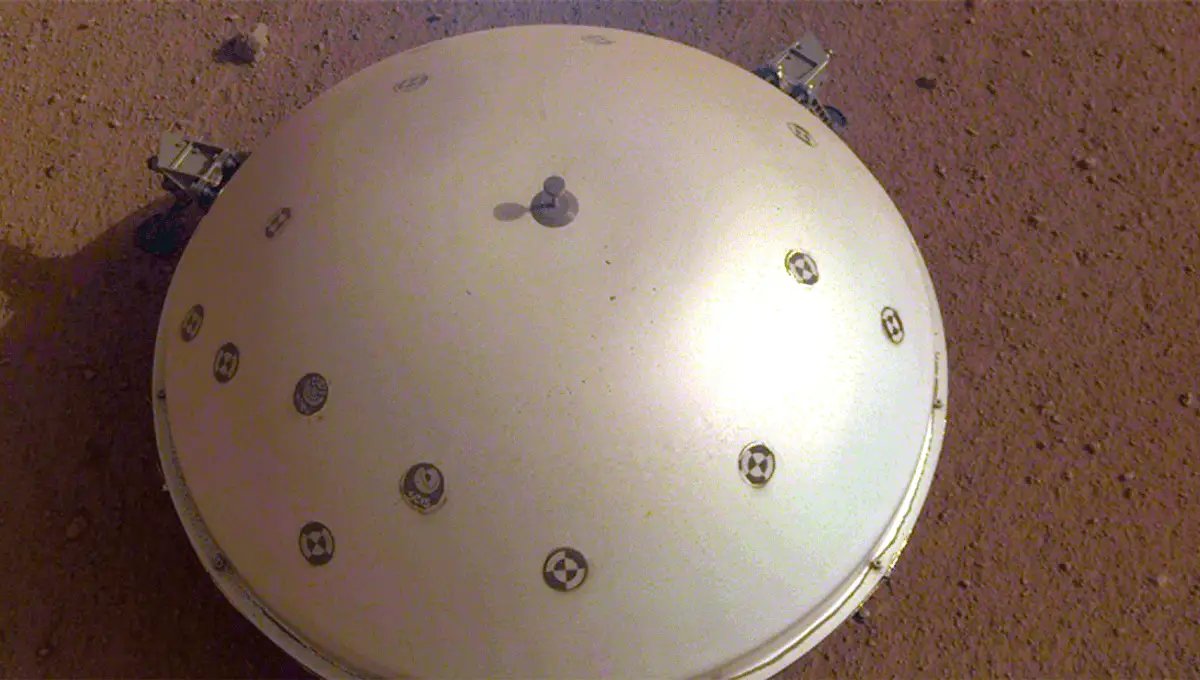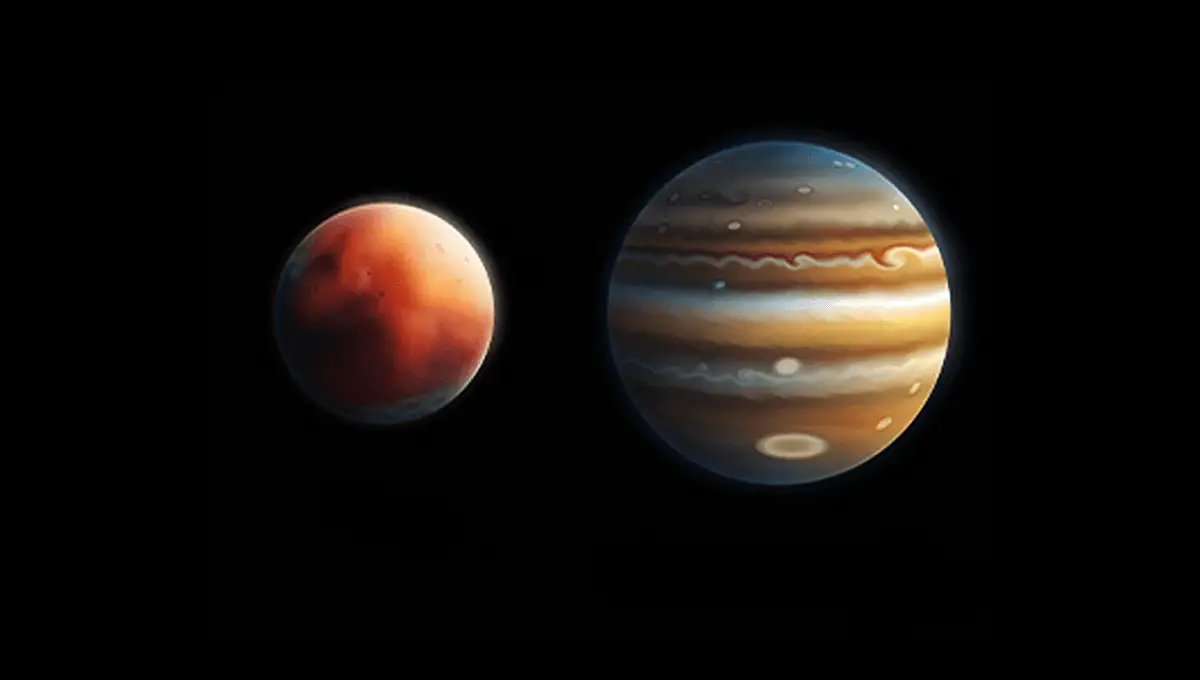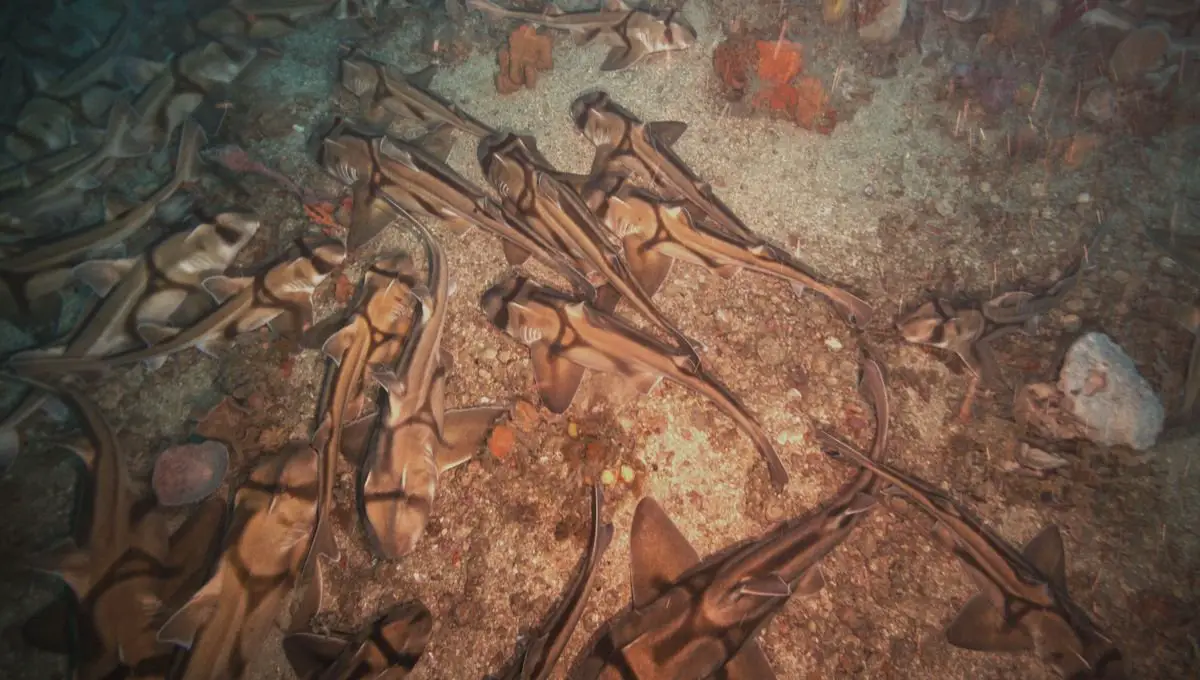A new study looking at data from NASA’s Interior Exploration using Seismic Investigations (InSight) Lander has found evidence of oceans of liquid water existing below the surface.
Mars is currently a cold, desert planet, but that hasn’t always been the case. From looking at the formations and features on the planet, we can tell it once had liquid at the surface, carving valleys and lakebeds across it. There is water on Mars today on the surface and below in the form of ice, though Mars is too cold today for liquid water to exist at its surface.
There are only two directions this water could have gone: up or down. Mars likely had a thicker atmosphere in its first billion years, which would have helped keep water in the atmosphere from being lost to space. Mars’s atmosphere is now roughly 100 times less dense than Earth’s, and water was likely lost this way as it thinned.
The other direction is below. To investigate this and the composition of Mars, NASA sent the InSight Lander to the planet to study its interior using seismology.
By looking at the seismic vibrations from beneath the surface, scientists can put together a picture of the composition of the material below as the vibrations pass through it. As well as discovering other cool things like how many meteors hit Mars every year, the lander’s data can be used to tell us more about Mars’s water.
“Understanding the Martian water cycle is critical for understanding the evolution of the climate, surface, and interior,” Vashan Wright, a geophysicist at UC San Diego’s Scripps Institution of Oceanography and lead author of the new study said in a statement. “A useful starting point is to identify where water is and how much is there.”
Looking at the variable speed of waves from Marsquakes, the team’s model indicated that “a mid-crust composed of fractured igneous rocks saturated with liquid water best explains the existing data”.
“Assuming the InSight location as representative,” the team explained in their study, “10 km of crust with porosity of 0.1 to 0.2 translates to 1 to 2 km of water—more than the water volumes proposed to have filled hypothesized ancient Martian oceans. Thus, Mars’ crust need not have lost most of its water via atmospheric escape.”
The team added that liquid water being in the mid-crust required the shallow crust to be permeable, and warm enough to permit the exchange of water between the surface and the mid-crust beneath.
Unfortunately, the water is likely inaccessible to future astronauts, sitting between 11.5 and 20 kilometers (7.1 to 12.4 miles) below the surface. However, it could give us a new place to search for life on the planet.
“Establishing that there is a big reservoir of liquid water provides some window into what the climate was like or could be like,” Michael Manga, a UC Berkeley professor of earth and planetary science, added in a statement.
“And water is necessary for life as we know it. I don’t see why [the underground reservoir] is not a habitable environment. It’s certainly true on Earth — deep, deep mines host life, the bottom of the ocean hosts life. We haven’t found any evidence for life on Mars, but at least we have identified a place that should, in principle, be able to sustain life.”
The study is published in the Proceedings of the National Academy of Sciences.




